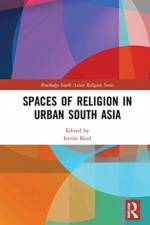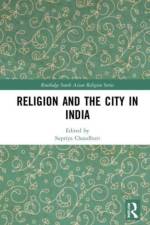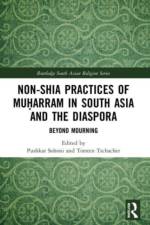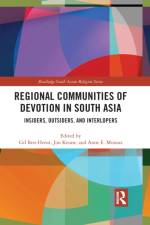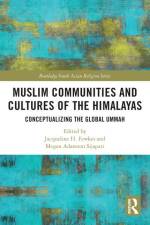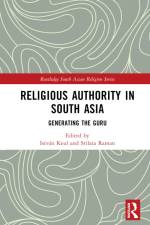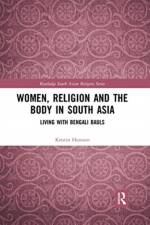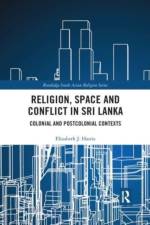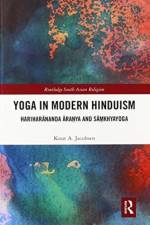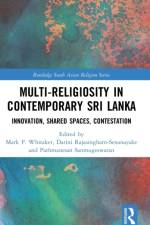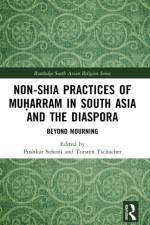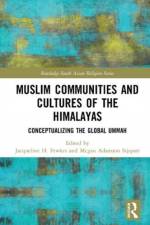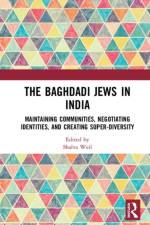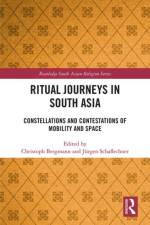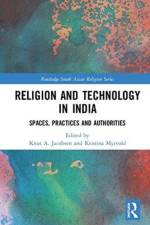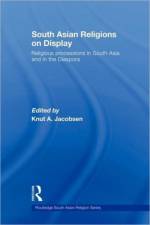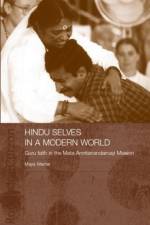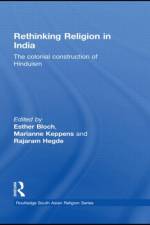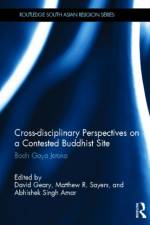av Supriya Chaudhuri
649,-
This book offers fresh theoretical, methodological and empirical analyses of the relation between religion and the city in the South Asian context.Uniting the historical with the contemporary by looking at the medieval and early modern links between religious faith and urban settlement, the book brings together a series of focused studies of the mixed and multiple practices and spatial negotiations of religion in the South Asian city. It looks at the various ways in which contemporary religious practice affects urban everyday life, commerce, craft, infrastructure, cultural forms, art, music and architecture. Chapters draw upon original empirical study and research to analyze the foundational, structural, material and cultural connections between religious practice and urban formations or flows. The book argues that Indian cities are not 'postsecular' in the sense that the term is currently used in the modern West, but that there has been, rather, a deep, even foundational link between religion and urbanism, producing different versions of urban modernity. Questions of caste, gender, community, intersectional entanglements, physical proximity, private or public ritual, processions and prayer, economic and political factors, material objects, and changes in the built environment, are all taken into consideration, and the book offers an interdisciplinary analysis of different historical periods, different cities, and different types of religious practice.Filling a gap in the literature by discussing a diversity of settings and faiths, the book will be of interest to scholars to South Asian history, sociology, literary analysis, urban studies and cultural studies.

